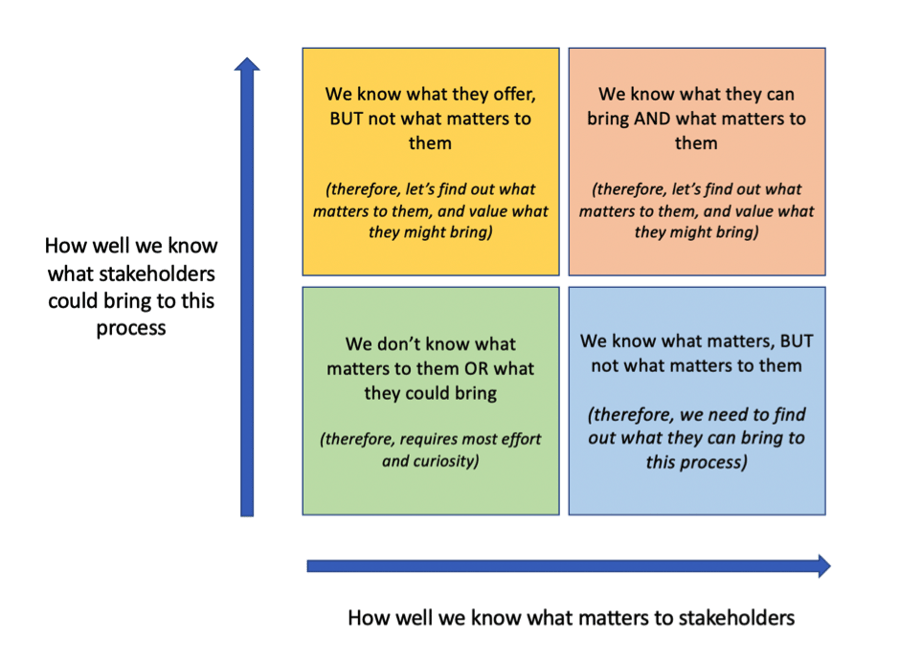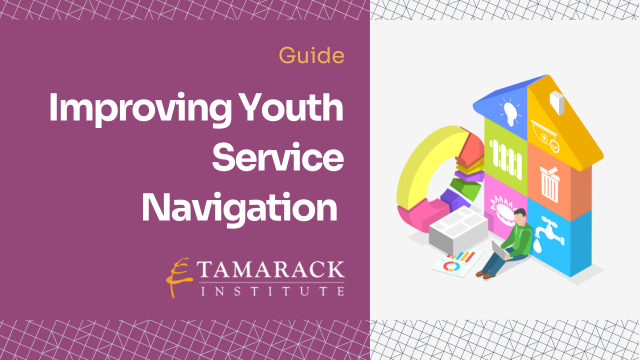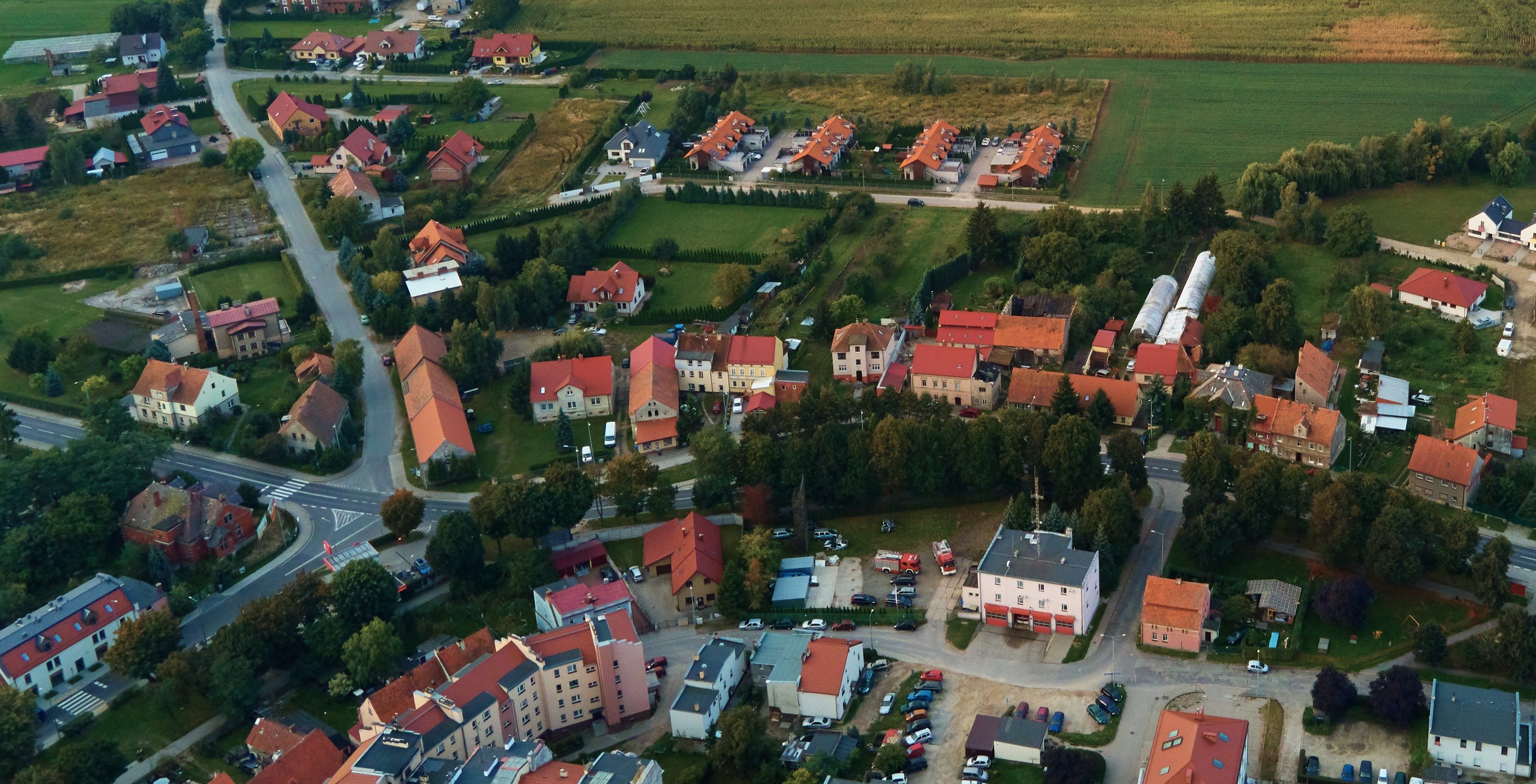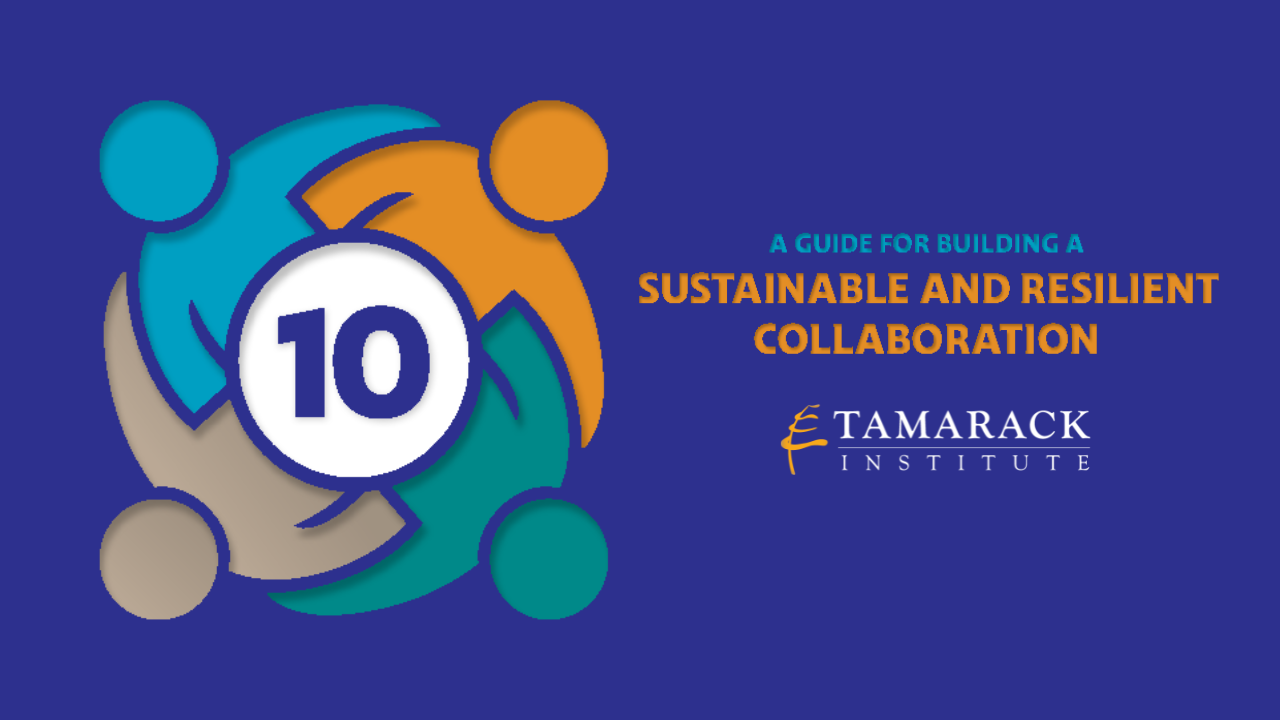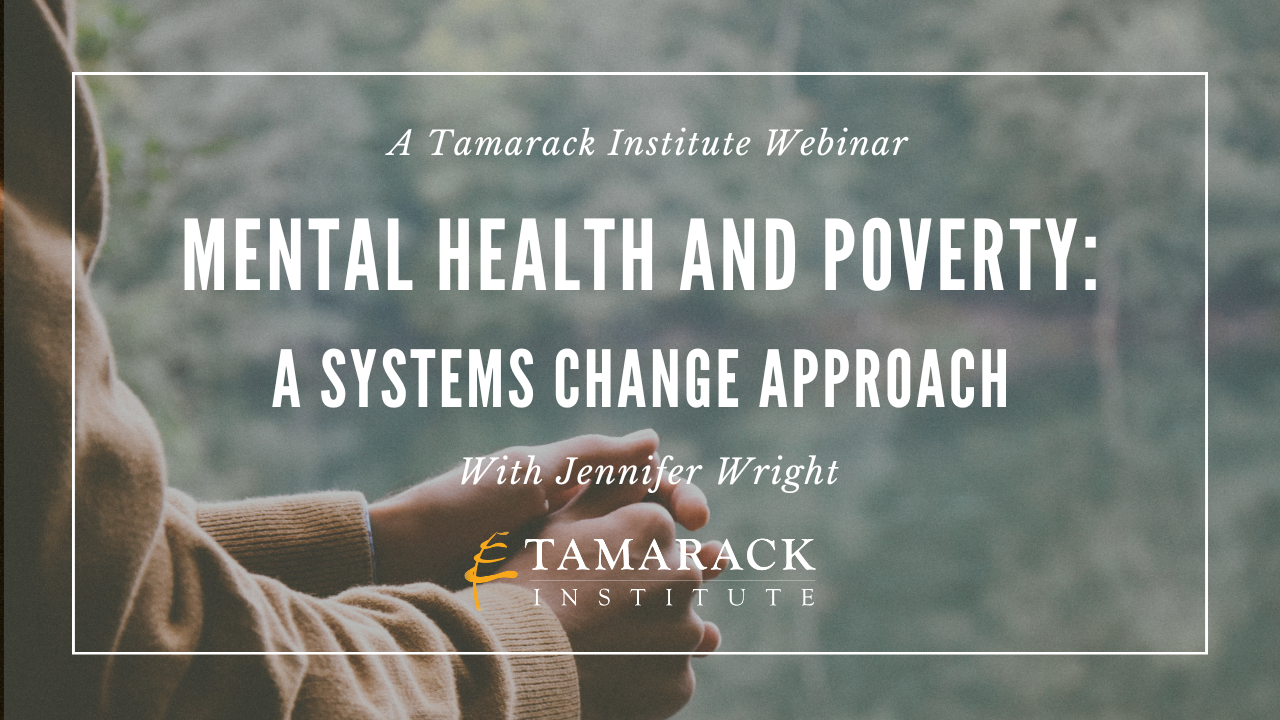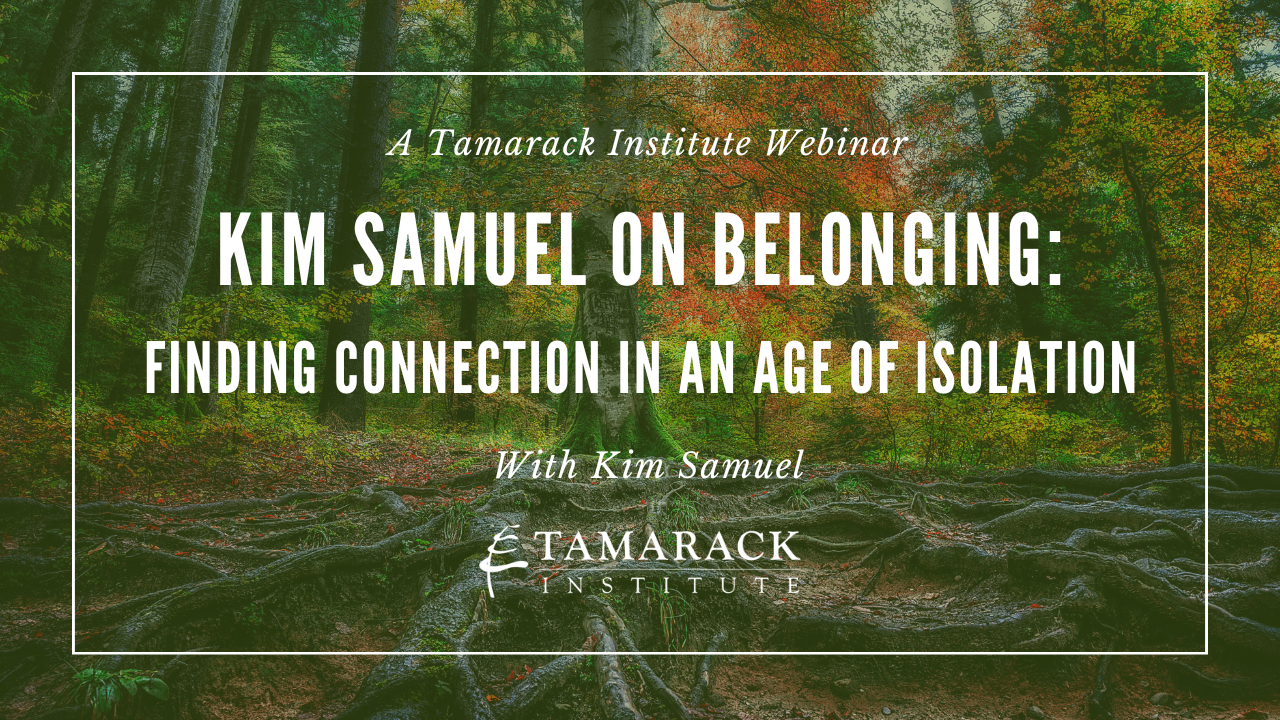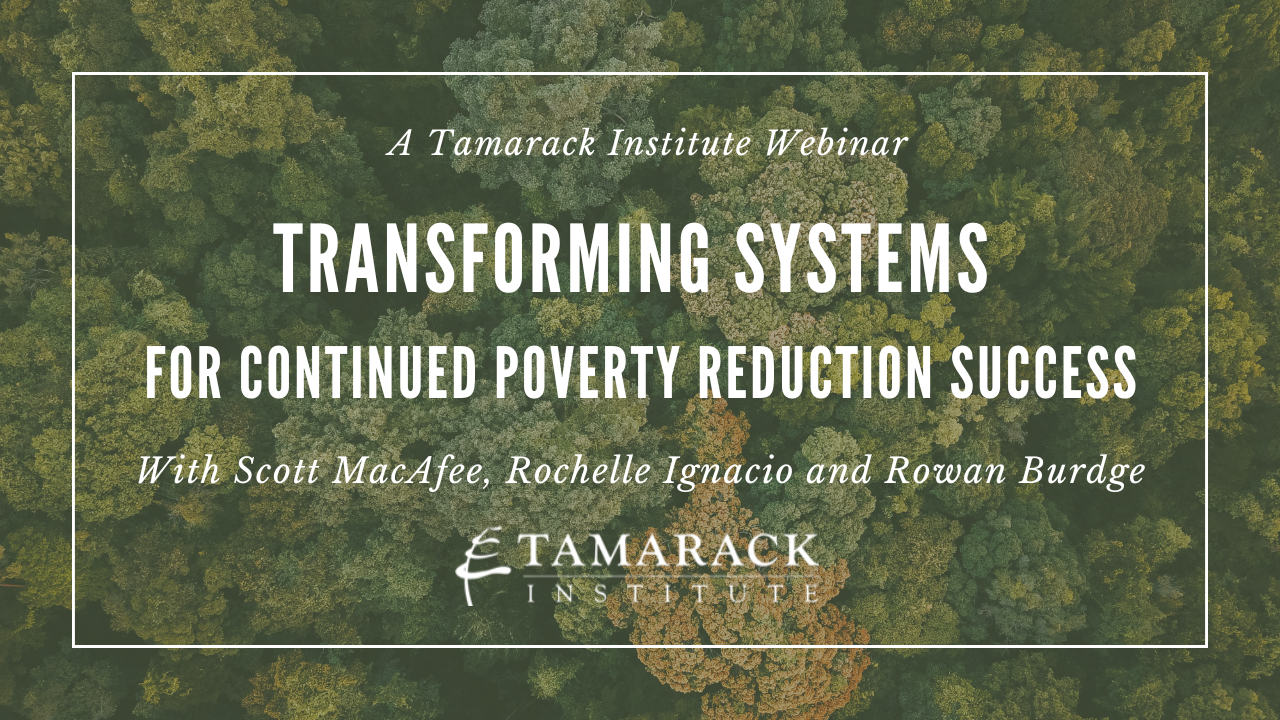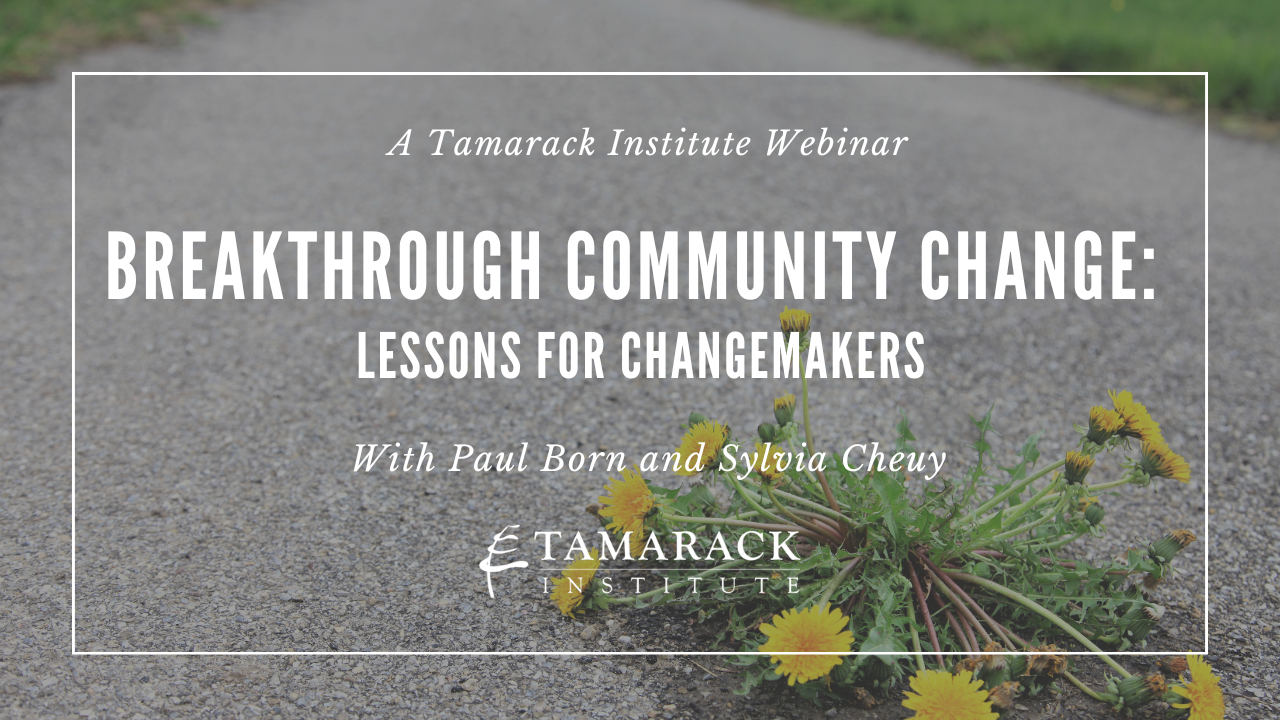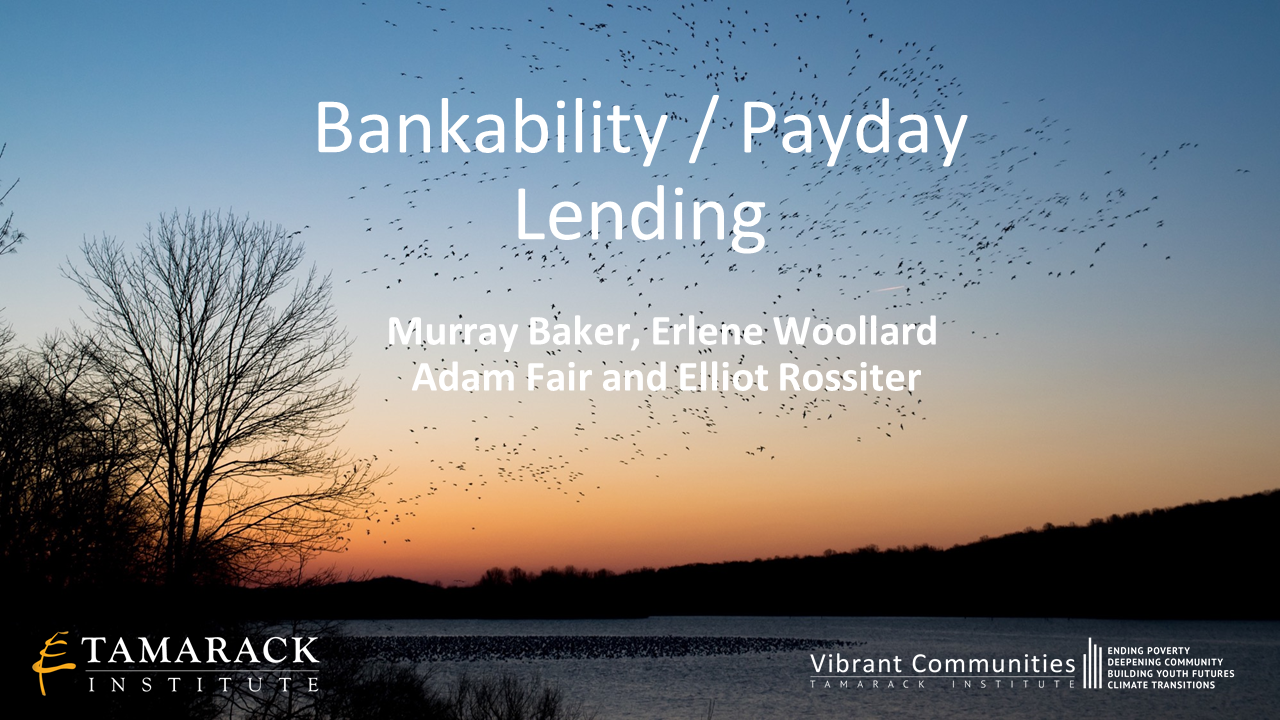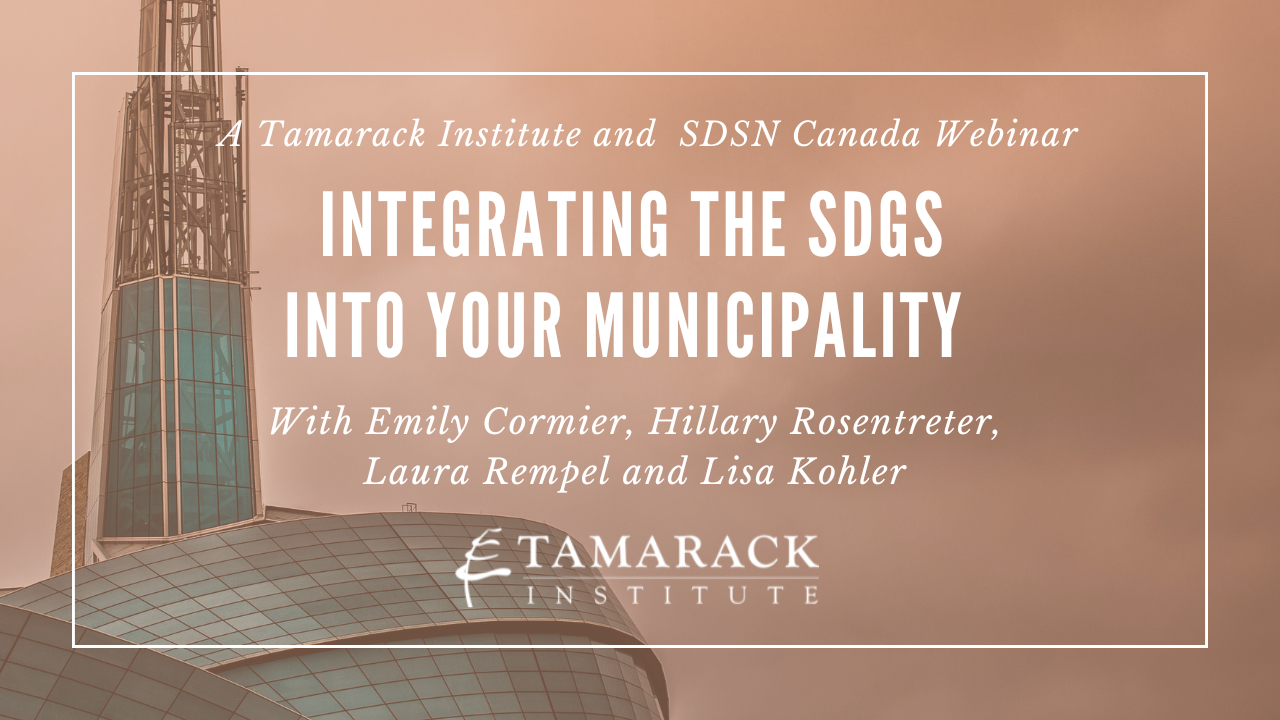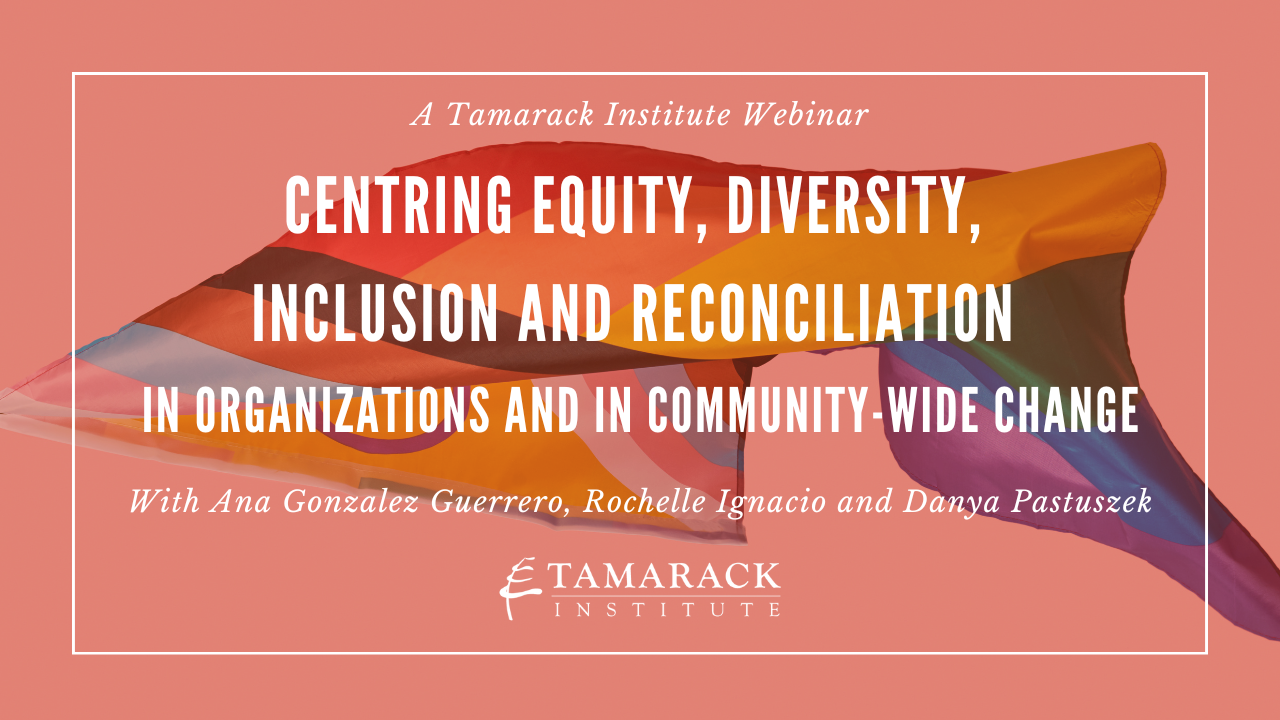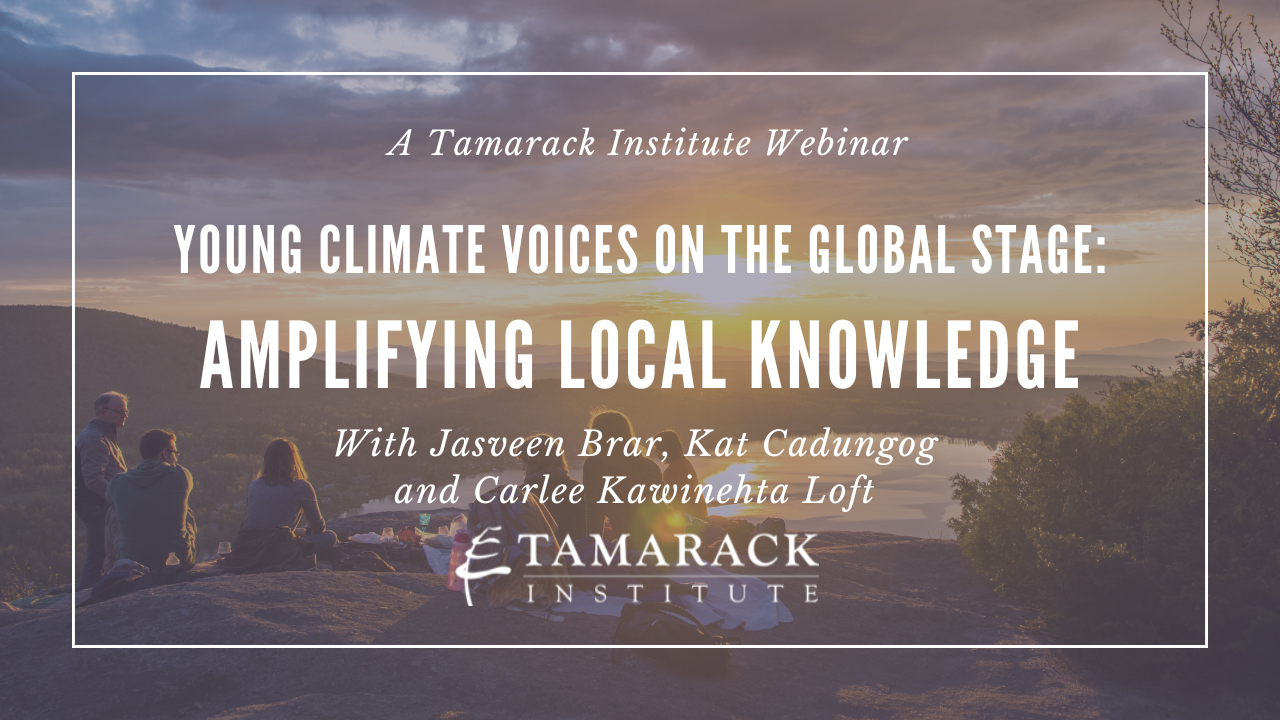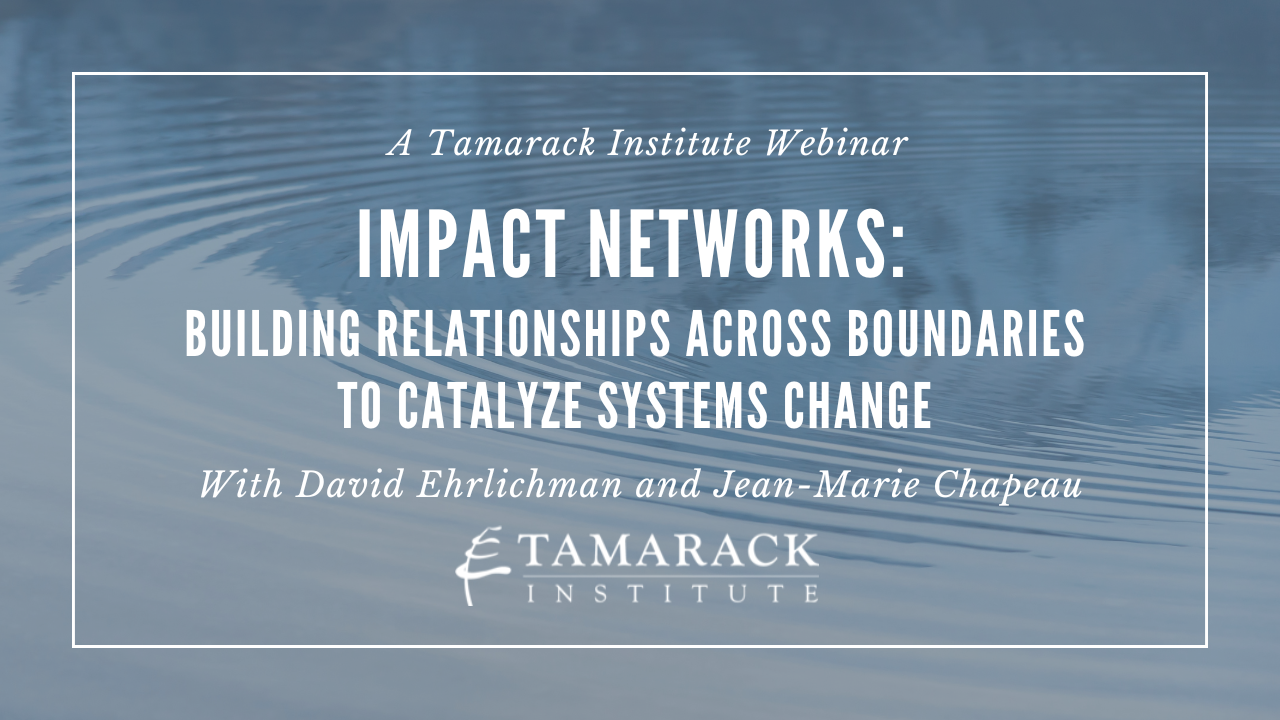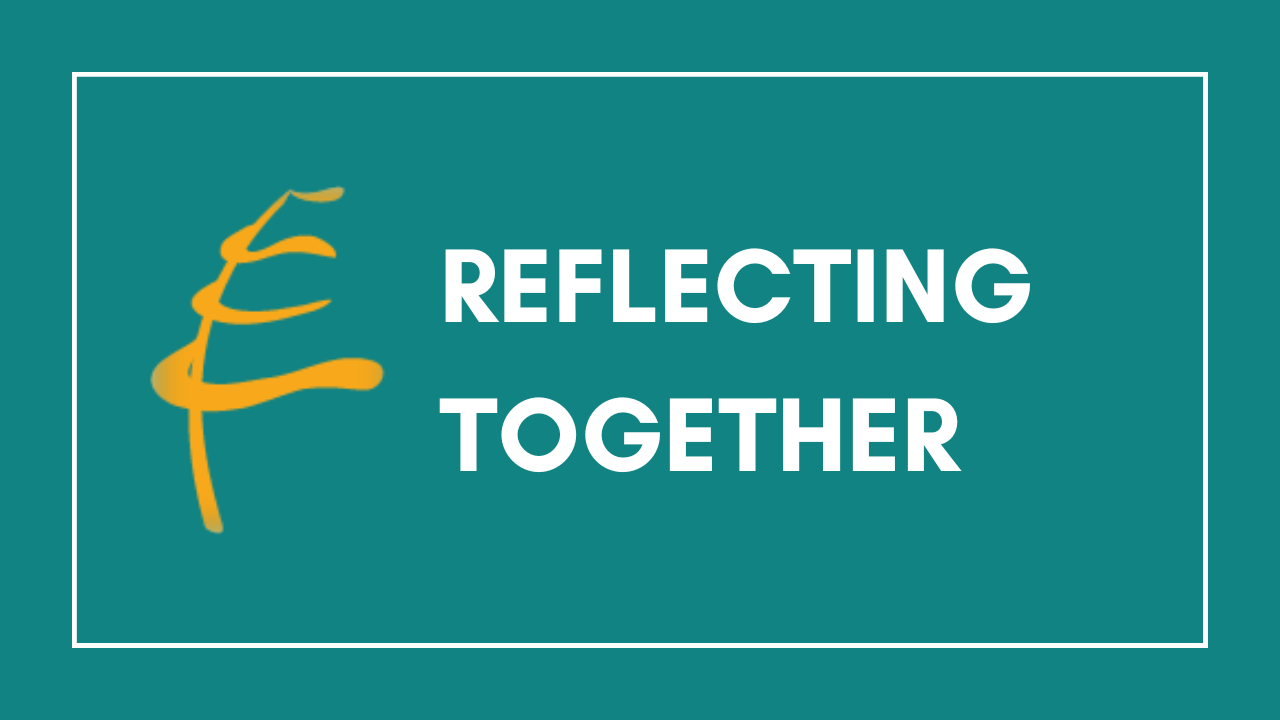I’d like to offer another suggestion for improving the way we plan community engagement processes; stakeholder mapping. The classic process used is the 2 x 2 matrix of plotting stakeholders according to their level of interest and their level of influence.
The matrix is meant to inform how much effort should be put into differently classified stakeholders, and how we should approach them. Key players demand the most attention – we ignore them at our peril. We should also make sure we meet the needs of those regarded with strong influence, but with less interest. We should be ‘considerate’ of high interest stakeholders who have less clout, and we needn’t waste much time with those with little interest, and not much influence.
It looks systematic and rational. So, what’s the problem? Here are a few unintended (possibly intended) consequences of this approach.
-
You are ignoring potentially useful input; children and young people, for example, see things differently; and they may not currently be interested, and probably not powerful. Check this article from Robyn Mansfield for more on this and also this statement on the ACT Human Rights Commission website.
-
We continue to focus most attention and resources on those individuals and groups who are already highly engaged, and will continue to be. It both amuses and disturbs me that organisations who focus most of their attention on these groups also complain they only ever hear from the same people. Go figure!
-
Mapping stakeholders in this way reinforces the tendency to regard stakeholders more as risks to manage, as opposed to assets to work with and utilise. This habit shapes an unhelpful mindset; one more akin to preparing for battle.
The typical approach to stakeholder mapping is counterproductive. So, if working constructively with stakeholders is something you are really serious about, then I suggest mapping these things instead.
-
What is the interest this stakeholder has with regarding this project or initiative (as opposed to the position they have on the project)? (Interest here means, why does this matter? It does not refer to how much the stakeholder is interested; you may wish to refer to the seminal work of Ury and Fisher, Getting to Yes, which explains the difference between ‘positions’ and ‘interests’)
-
What interests might this stakeholder have if this project or initiative is fully understood and explored? (This is useful to ponder for those who may be affected, but not yet engaged, or previously disengaged)
-
What knowledge and insights might this stakeholder have to share in relation to this project or initiative? (It is important to recognise there are different kinds of expertise; mapping this will encourage the project team to be curious about what others could bring, perhaps uniquely bring)
-
What methods of engagement might work well for this stakeholder? (If you don’t know then this will encourage you to find out!)
-
What networks and other resources might this stakeholder have to bring to this process? (They may be able to share information with their networks, or even have a meeting room you can use – you don’t know if you don’t enquire)
-
What else is important to appreciate about this stakeholder? (They might have some important demands being made on their time; they may have other activities planned that you could ‘piggy-back’ upon, there may be some history with the sponsoring organisation that should be recognised/reflected upon)
This will provide you with lots of very useful data you can draw upon, to help with your planning. It is essential, I’ve found, when planning a co-design process for complex issues. You can’t co-design any solutions unless you are drawing on the strengths of your community.
Unfortunately, these questions won’t give you a matrix. So, how about this one?
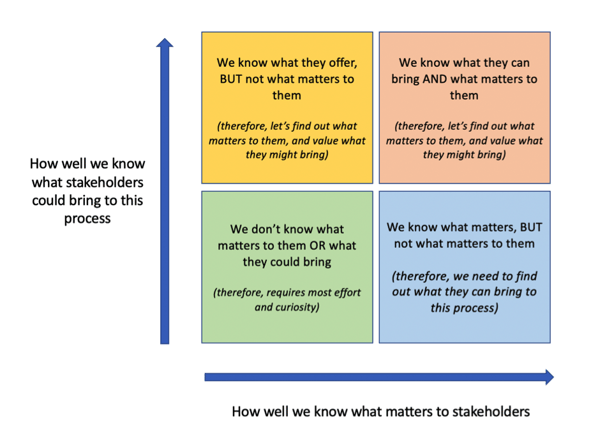
Importantly, such a matrix focuses your effort on building relationships with stakeholders and enquiring into how they might become a valued part of the process. I invite you to give this a try and to share what difference it makes to our approach, and to the outcomes derived from it.
What other improvements to community engagement planning processes have you come across, or created? For more ideas about co-designing solutions with your communities go check out Authentic Co-design.
Learn more:
-
Read the original blog from Max Hardy
-
Explore Authentic Co-design

